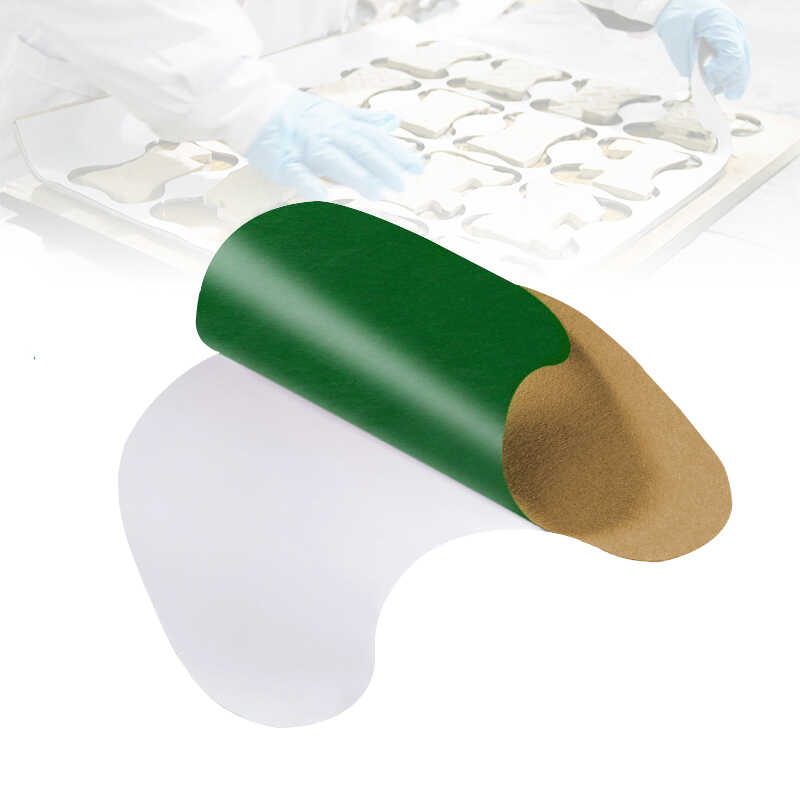Ensuring Product Quality: Key Quality Control Measures for Knee Pain Relief Patches
Knee pain relief patches have become increasingly popular among consumers seeking natural and convenient pain relief solutions. As a result, the market for these products has expanded significantly, attracting numerous manufacturers and suppliers. However, ensuring the quality of knee pain relief patches is crucial to maintaining consumer trust and ensuring product effectiveness. This article delves into the key quality control measures employed by manufacturers, OEMs (Original Equipment Manufacturers), and suppliers of knee pain relief patches, highlighting the importance of adhering to strict standards and regulations.

Key Quality Control Measures
1. Material Selection
The foundation of high-quality knee pain relief patches lies in the selection of raw materials. Manufacturers must carefully choose ingredients that are safe, effective, and suitable for topical application. Herbal ingredients such as wormwood, which is known for its analgesic and anti-inflammatory properties, are commonly used in these patches. Manufacturers must ensure that these ingredients are sourced from reputable suppliers and are free from contaminants.
2. Production Process Control
A rigorous production process is essential for maintaining consistent product quality. Manufacturers should have well-defined Standard Operating Procedures (SOPs) in place to guide every step of the production process, from mixing ingredients to packaging. This includes ensuring proper sterilization of equipment, accurate measurement of ingredients, and thorough quality checks at every stage.
3. Testing and Validation
Extensive testing and validation are critical to verifying the safety and efficacy of knee pain relief patches. Manufacturers must conduct a range of tests, including skin irritation tests, microbial contamination tests, and stability tests, to ensure that the patches meet regulatory requirements and are safe for consumer use. Additionally, clinical trials may be conducted to validate the product's claims and demonstrate its effectiveness.
4. Compliance with Regulations
Manufacturers of knee pain relief patches must comply with various regulations and standards set by governing bodies such as the FDA (Food and Drug Administration) in the US and CE (Conformité Européenne) in Europe. This includes obtaining necessary certifications, such as CE and ISO 13485, which demonstrate the manufacturer's commitment to quality and safety. Compliance with these regulations ensures that products meet minimum quality standards and are safe for consumers.
5. Quality Assurance and Control Systems
Effective quality assurance and control systems are essential for maintaining high product quality. Manufacturers should implement robust quality control measures, including regular audits, inspections, and continuous improvement programs. This ensures that any issues or deviations from standard operating procedures are identified and addressed promptly.
Custom and Private Label Knee Pain Relief Patches
Custom and private label knee pain relief patches offer manufacturers and suppliers the opportunity to differentiate their products and cater to specific market needs. However, ensuring quality remains a top priority. OEMs and suppliers must work closely with manufacturers to ensure that custom formulations and packaging meet the same rigorous quality standards as standard products. This includes validating the safety and efficacy of custom ingredients, ensuring compliance with regulations, and maintaining strict quality control measures throughout the production process.
Questions and Answers
1. What is the importance of material selection in knee pain relief patches?
Material selection is crucial for ensuring the safety and efficacy of knee pain relief patches. Manufacturers must carefully choose ingredients that are suitable for topical application and free from contaminants.
2. What are the key steps in the production process of knee pain relief patches?
The key steps in the production process of knee pain relief patches include selecting raw materials, mixing ingredients, manufacturing the patches, packaging, and quality control testing.
3. How do manufacturers ensure compliance with regulations?
Manufacturers ensure compliance with regulations by obtaining necessary certifications, such as CE and ISO 13485, and conducting extensive testing and validation to verify the safety and efficacy of their products.






